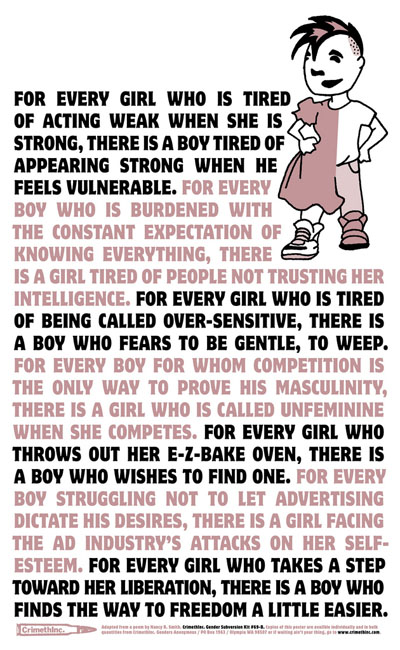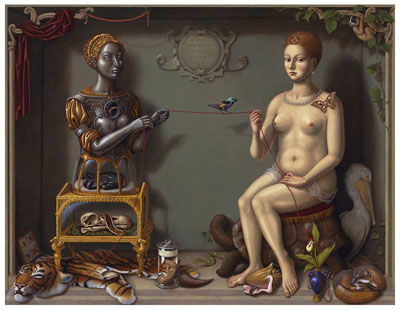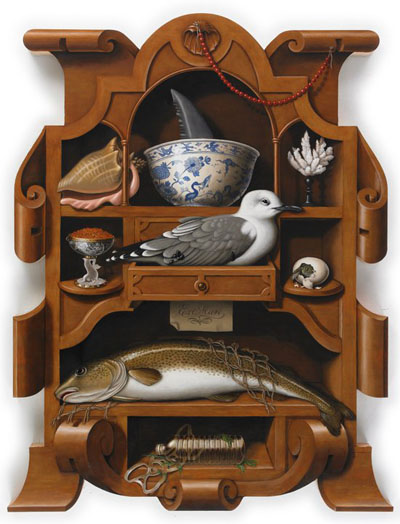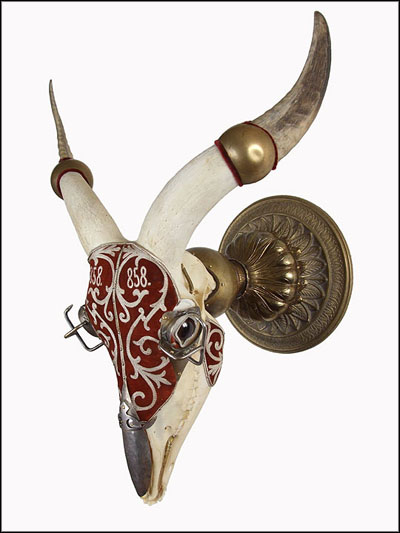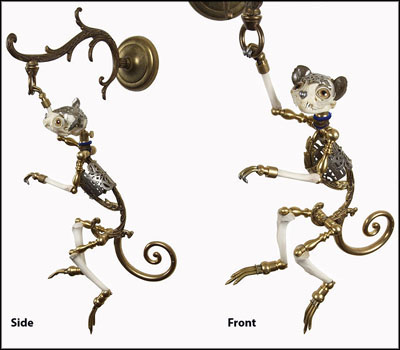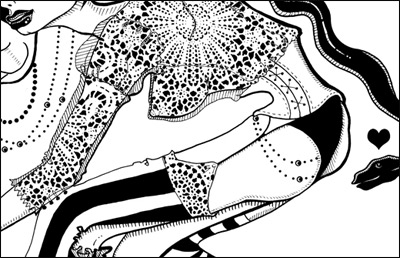The FAM: In The Realms Of The Unreal
Halloween is over and, having finally awoken from a glucose induced stupor, the FAM returns with a new offering, devoid of the supernatural thrills that occupied this space for the past two weeks. Today we present In the Realms of the Unreal, the 2004 documentary directed by Jessica Yu about famed outsider artist and reclusive crazy-person Henry Darger. Darger, born on April 12, 1892 was a janitor in Chicago who occupied a second-floor room on Chicago’s North Side, at 851 W. Webster Avenue, for forty years, beginning in 1930 until his death on April 13, 1973. It was only then that his landlords discovered what he had been up to all those years.
It turns out that Darger spent most of his free time writing and drawing. His magnum opus, and the work that would gain him the majority of his posthumous fame, is entitled The Story of the Vivian Girls, in What is known as the Realms of the Unreal, of the Glandeco-Angelinnian War Storm, Caused by the Child Slave Rebellion, a mammoth work comprised of 15,145 single-spaced, typed pages, several hundred illustrations, and a number of scroll-like paintings, all of which employ extensive use of images taken or traced from magazines and children’s books and an obvious transgender streak — the children found therein not only largely unclothed but also many in possession of male genitalia. This work was in addition to a 5,084 page autobiography entitled The History of My Life (which, incidentally, spends 4,672 pages on the fictional account of a tornado named “Sweetie Pie”), 10,000 handwritten pages of a second fictional work called Crazy House: Further Adventures in Chicago (featuring the same Vivian sisters from Realms and placing them in Chicago during the same time period occupied by Realms), and a number of journals including a daily record of the weather over a span of ten years.
Realms itself is not easily summed up, though Wikipedia does a fairly good job:
In the Realms of the Unreal postulates a large planet around which Earth orbits as a moon and where most people are Christian (mostly Catholic). The majority of the story concerns the adventures of the daughters of Robert Vivian, seven sisters who are princesses of the Christian nation of Abbieannia and who assist a daring rebellion against the evil John Manley’s regime of child slavery imposed by the Glandelinians. Children take up arms in their own defense and are often slain in battle or viciously tortured by the Glandelinian overlords. The elaborate mythology also includes a species called the “Blengigomeneans” (or Blengins for short), gigantic winged beings with curved horns who occasionally take human or part-human form, even disguising themselves as children. They are usually benevolent, but some Blengins are extremely suspicious of all humans, due to Glandelinian atrocities.
The impetus for Realms, according to his autobiography, was the loss of a photograph of all things. Darger was a lifelong hoarder of magazine and newspaper clippings and one of the most important it seems was a portrait from the Chicago Daily News from May 9, 1911 of five-year-old girl named Elsie Paroubek who disappeared on April 8th and was found a month later, murdered. When it went missing, Darger believed it was among a number of clippings he suspected were stolen from his work locker. The loss of the photograph upset him so much that he used it as inspiration for the assassination of child labor leader Annie Aronburg, which would spark the main conflict of Realms.
This, finally, brings us to the feature. Yu’s film does an admirable job of covering Darger, especially considering the roadblocks involved in trying to document the life of a recluse. Considering there are only three known photographs of the man, she gets the most mileage by animating scenes from Realms with voiceover. There are a few interviews with neighbors, but the majority of the film are found in these segments and they are endlessly fascinating. In fact, considering the number of sources we have, Yu’s effort is likely to be the best anyone is going to be able to produce about the man. Depending on one’s viewpoint this may be a best or worst case scenario. At best all that is left is one’s art, there is no personality to explain or influence opinion; the viewer is given only the product of the artist’s creativity. On the other hand, the subject matter is so strange that the viewer may spend an inordinate amount of time attempting to discern the mindset of the creator. In the case of Darger, I would say that for most (and I would probably include myself in this) it is the latter and for that reason In the Realms of the Unreal can be as frustrating in its limitations as it is compelling.


